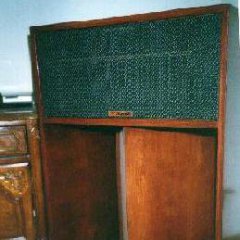-
Posts
5893 -
Joined
-
Last visited
-
Days Won
1

JohnA replied to m00n's topic in Technical/Restorations

JohnA replied to m00n's topic in Technical/Restorations

JohnA replied to trvale's topic in 2-Channel Home Audio

JohnA replied to c.rotering's topic in Technical/Restorations

JohnA replied to Jabez Scratch's topic in Technical/Restorations

JohnA replied to tpg's topic in General Klipsch Info

JohnA replied to tpg's topic in General Klipsch Info

JohnA replied to donroyledbetter's topic in Technical/Restorations

